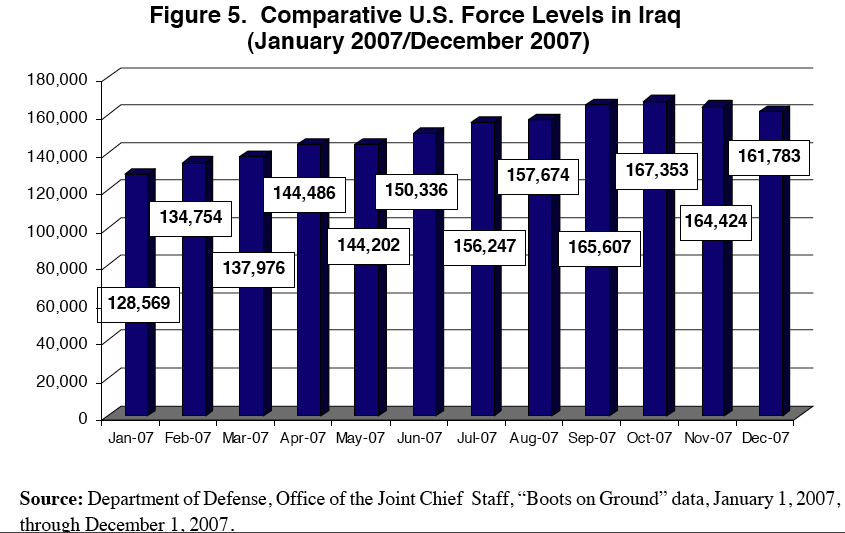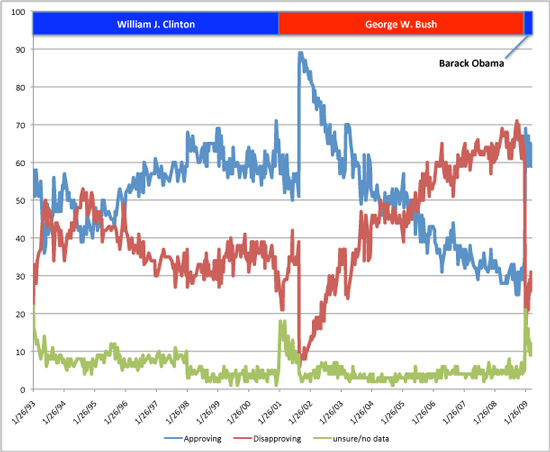Constraints
(July 2008) “There are some 146,000 U.S. soldiers in Iraq, down from a peak of 170,000 in 2007” — Reuters
“Although no decision has been made, by the time President Bush leaves office on Jan. 20, at least one and as many as 3 of the 15 combat brigades now in Iraq could be withdrawn or at least scheduled for withdrawal, the officials said. The most optimistic course of events would still leave 120,000 to 130,000 American troops in Iraq.” — NYT
(July 2007) “More than 180,000 civilians — including Americans, foreigners and Iraqis — are working in Iraq under U.S. contracts… The numbers include at least 21,000 Americans, 43,000 foreign contractors and about 118,000 Iraqis — all employed in Iraq by U.S. tax dollars.” — LA Times
Goal
“(O)n my first day in office, I would give the military a new mission: ending this war… ensure that our troops were redeployed safely, and our interests protected.” — Barack Obama
Estimate
“Military experts believe we can safely redeploy combat brigades from Iraq at a pace of 1 to 2 brigades a month” — Barack Obama
Target
“…that would remove them in 16 months. That would be the summer of 2010” — Barack Obama
A lot of attention has been placed on the target of sixteen months and whether Obama will stick to it. Obama has said, “I am going to do a thorough assessment when I’m there,” he said. “I’m sure I’ll have more information and continue to refine my policy.” This has been called a “flip flop” or “reversal”.
But this is a simplistic interpretation of both Obama’s position and the nature of a target. The target is informed by the estimate in an attempt to attain the goal. The target should change as new information provides better estimates and if the adjusted target better attains the goal.
 It is not the target but the estimate and goal that need to be debated.
It is not the target but the estimate and goal that need to be debated.
Who are the military experts? Does this estimate represent a consensus among these experts? What are the assumptions surrounding this estimate? Does a range of 1-2 brigades per month represent the full range of uncertainty? What are the set of risks that might scuttle this estimate?
What does safety mean in the context of a war? What does it mean to ensure our “interests” are “protected”? What kinds of events would threaten our interests and change the redeployment schedule?
As long as our public debate focuses on positional bargaining around targets we will continue to miss the point.
 The American Presidency Project lists the results of presidential popularity Gallup polls since 1941. Data compiled by Gerhard Peters.
The American Presidency Project lists the results of presidential popularity Gallup polls since 1941. Data compiled by Gerhard Peters.
